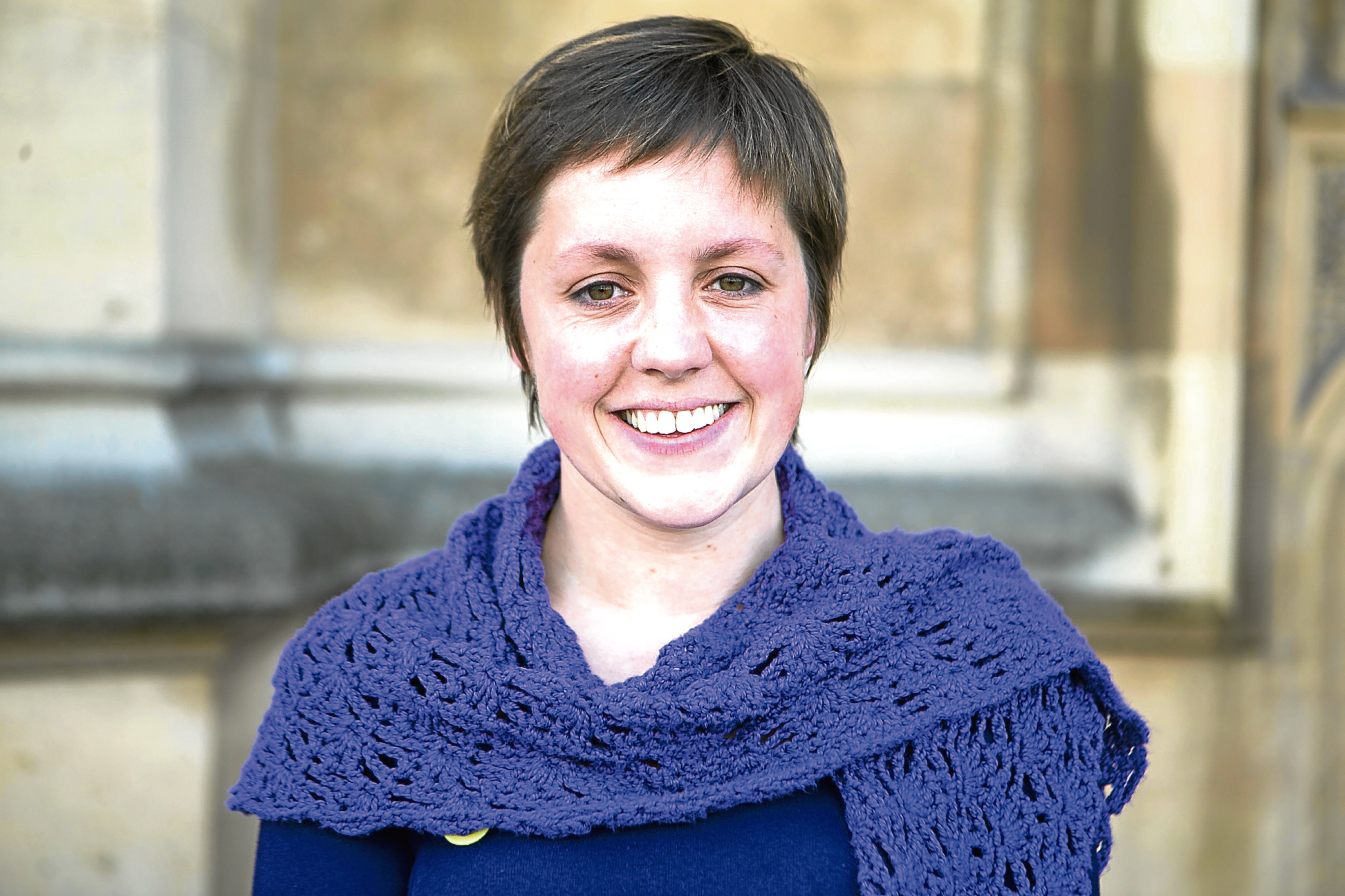
IN a few months’ time, all being well, I will hopefully be breastfeeding Baby Razaq, who is due mid-October.
For the avoidance of doubt, I don’t intend to start urinating in public.
In case you don’t get the reference, last week – World Breastfeeding Week – New York Observer columnist Andre Walker likened the two things.
He also described the act as “displaying your breasts in public”.
“If I was to urinate in the street, I’m not attempting to show you my genitals,” he elaborated.
“But nonetheless, that’s what’s happened, therefore you have to have a little bit of restraint I think.”
The comments really brought home to me just how much breastfeeding in public is still stigmatised, despite the protection against discrimination the 2010 Equality Act provides.
To me, it’s not “exhibitionism” – to use Democratic Unionist Sammy Wilson’s description from last year of women MPs who would choose to breastfeed in the Commons chamber.
A mother isn’t putting on a show, she is feeding her child.
It isn’t her or her baby’s fault if the sight offends you.
As far as I’m concerned, that’s your problem, but the fact these perceptions still exist does make me anxious all the same.
The issue was thrown back into the spotlight after the Royal College of Paediatrics and Child Health recommended teaching schoolchildren about the importance of breastfeeding.
At this point, let me be clear.
I’m not suggesting that all women should breastfeed. It’s a personal choice. Not everyone wants to, not everyone can.
I’m simply saying that we need to reach a place where those who plan to don’t decide against it for fear of being judged.
Educating children – boys and girls – that breastfeeding is entirely normal seems a good place to start.
Role models are also key, which brings me back to the controversial question of whether MPs should be allowed to breastfeed in the chamber.
The House currently observes the convention – as a result of a ruling by former speaker Betty Boothroyd – that children of members are not permitted inside while it is sitting.
But an independent review conducted last year recommended allowing women to breastfeed to set an example, although no decision has been taken.
While I respect others hold different views, I personally don’t think it would be a big deal.
Whatever your stance, there is a legitimate practical issue in that an MP must be present for the opening speeches if he or she wishes to speak in a debate.
Bear in mind they might not get called for several hours, are expected to remain in the chamber for at least the two subsequent speeches and must return for the front-bench wind-ups, although can approach the chair to ask permission to leave.
As SNP MP Kirsty Blackman put it: “Should my constituents be unrepresented because I happen to have a baby?”
Clearly some kind of sensible compromise could easily be reached.

Enjoy the convenience of having The Sunday Post delivered as a digital ePaper straight to your smartphone, tablet or computer.
Subscribe for only £5.49 a month and enjoy all the benefits of the printed paper as a digital replica.
Subscribe